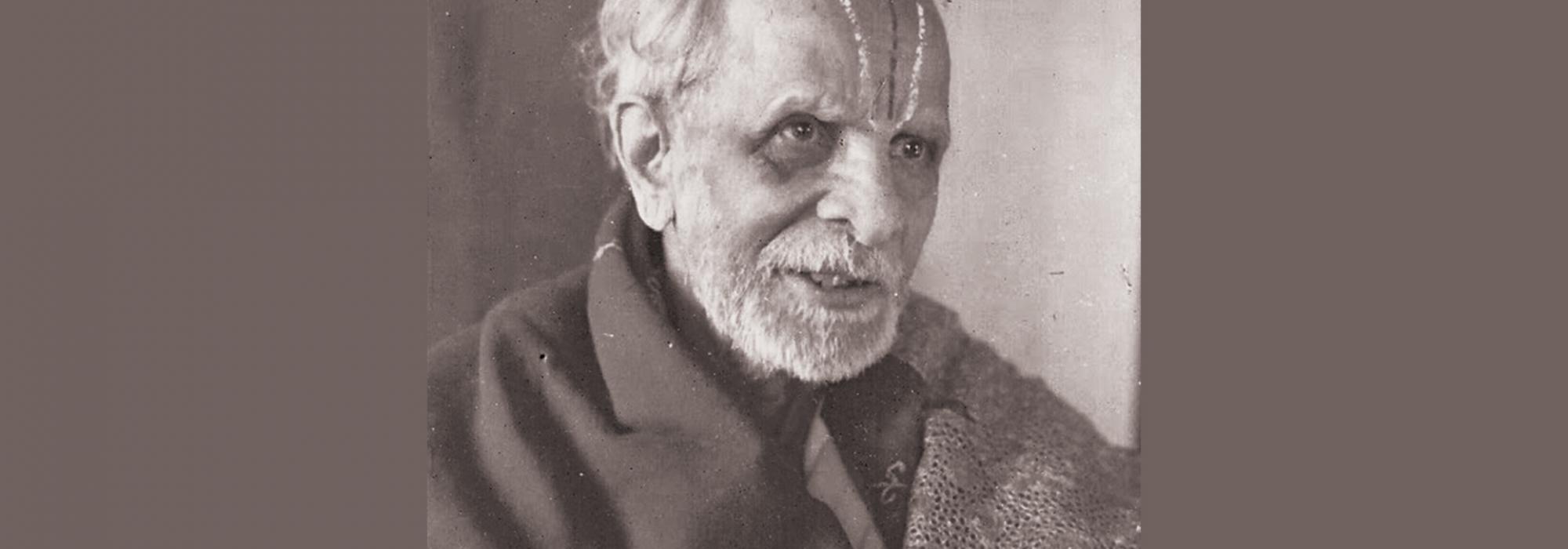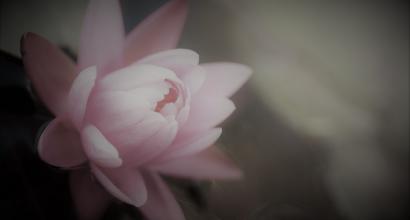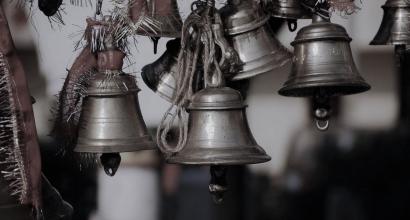Powerhouse of Genius
Sarma received awards for many of his Sanskrit and Telugu works. Śrī Mahīśūra-rājyābhyudayādarśaḥ, his classical poetry composition about the progress of Mysore, was awarded the first prize. Those verses are delightful to hear. In his eyes, Karnataka was a land of enjoyment in all seasons[1] and this kingdom of Mysore could only be enjoyed by fortunate people.[2]
This was his description of the transactions at the Mysore University –
kecid-bhautika-marma-śodhana-ratās-tattvārtha-jijñāsavaḥ
kecit-kecana kāvya-nāṭaka-kathā-svārasya-saṃsevinaḥ।
kecid-durgraha-rājya-rakṣaṇa-rahasyodbhedana-vyākulāḥ
kecid-durga-mahā-gabhīra-gaṇitāmbhorāśi-nirmanthinaḥ॥
kecid-vismṛti-magna-pūrva-caritoddhāreṣu baddha-vratāḥ
kecid-bhīkara-yantra-rākṣasa-vaśīkāra-kriyopāsinaḥ।
kecic-citra-kalā-vilāsa-satata-svādhīna-netrotsavāś-
chātrā atra caranti paśya bahudhā vijñāna-bhikṣārthinaḥ॥Some students are interested in unravelling the secrets of physics,
some students are desirous of understanding philosophy,
some students are worshippers of the quintessence of literature
—i.e. poetry, plays, stories—
some students are occupied in breaking through
the obstinate secrets of defending the nation,
some students are desirous of churning
the difficult and deep waters of the ocean of mathematics,
some students are bound by their vow to unearth the past, buried in oblivion, some students are occupied in controlling the terrifying mechanical demons,
some students continuously engage in fine arts which are feasts to their eyes –
behold such students who are mendicants of special knowledge,
going about with their studies here!
Sarma had memorized the lyrics, tune and musical structure of the song ‘Devi bhuvana manamohinī’ within a single rendering of that song by Rabindranath Tagore when the latter visited Mysore in 1917. It appears that Tagore was astonished to hear Sarma reproduce the song within no time. (Perhaps Tagore was unaware of Sarma’s accomplishments by then in the field of music and literature.)
Once the Parakāla-maṭha Swamiji was conversing with some scholars on the poetry of Appayya-dīkṣita. The scholar recited a certain poem. Swamiji looked at Sarma and said, “Ananthu, please make a note of this!”
The scholar then asked, “Should I repeat it, Swamiji?”
“That’s not required. He can remember it by hearing it just once!”
This was the kind of trust Swamiji reposed in his student’s talent and ability.
* * *
C R Reddy was a man higher in post, stature, and age when compared to Sarma but he always looked upon the latter as his equal. Sarma often remembered the kind-hearted mannerisms of Reddy, who had a great influence on him in the field of English literature; it was Reddy who introduced him to the subject.
Lectures on Vemana and his Poems
During the later part of the decade of 1920s, at Reddy’s request, Sarma gave lectures on the Andhra poet Vemana[3] at Anantpur and other places. The verses of Vemana are as popular in Telugu as Sarvajña’s vacanas in Kannada. Vemana’s time period and place of habitation are not accurately known despite Sarma’s long-drawn and laborious research efforts. No one has ever collected the amount of information and made a detailed analysis of Vemana’s literature to the extent done by Sarma. Through several of his lectures, Sarma analysed Vemana’s views on life, his grasp on worldly affairs, his criticism of society, and so forth.
It is not without basis that many opined that Vemana’s literary genius and his style of composition came to the notice of literature enthusiasts only through Sarma’s lectures.
Realizing the importance of these lectures on Vemana, Siddavanahalli Krishnasharma and T S Shamarao translated these into Kannada. A comprehensive translation [of the Vemana lectures] has also been done by D R Venkataramanan.
Oratory and Personality
Rāḻḻapalli Ananthakrishna Sarma was nominated as the President of the Sangita Sammeḻana organized at the Anantpur regional level as part of the Congress conference during the end of 1927. It was past lunchtime when it was Sarma’s turn to speak. And so the organizers requested him to finish his speech at the earliest. He commenced his speech after promising to finish whenever he was told to. After speaking for about ten or fifteen minutes, Sarma looked at the Congress leaders as if to ask if he should conclude his speech. By that time, the audience was already captivated by Sarma’s brilliant words. The famed patriot Nageshwar Rao Pantulu, who was seated behind Sarma, said, “Please continue, your speech is amazing!” The audience were mesmerized all through.
The speech went on for about two hours. People remembered and spoke about that speech everywhere for several years. Over a hundred copies of the transcript of that speech were printed by people—out of their sheer interest—at their own cost and distributed among the public. The speech was also popularized by several journals like Bhāratī, Āndhrapatrikè, etc.
People’s Reverence
For some fifty years, the opinions, analyses, and conclusions reached by Sarma in the field of music remained unchallenged in Karnataka and Andhra Pradesh. The highest awards in the field of music had to chase after Sarma. Just to name a few, he was awarded the Gānakalāsindhu in 1961 during the fourth musical conference of Prasanna Sitarama Mandira at Mysore, Gānakalāprapūrṇa in 1969 by the Andhra Pradesh Sangeet Natak Academy, and Saṅgīta-kalāratna in 1960 following his nomination as the President of the second musical conference at Bangalore Gayana Samaja. He was conferred the Kendra Sangeet Natak Academy fellowship in 1973 and an honorary doctorate by Tirupati Sri Venkateshwara University in 1974.
Sarma’s mother tongue was Telugu but he worked in Karnataka and was awarded the Sangeeta Kalanidhi by Tamil Nadu, during a conference in the Madras Music Academy in 1974.
Sarma stood like a bridge between the literary worlds of Kannada and Telugu. It was the opinion of many that he was respected more in Karnataka than in Andhra Pradesh. He introduced the wonderful poetry of Kṛṣṇa-deva-rāya, Vemana, and Tyāgarāja to Kannadigas in the same way he had introduced Sarvajña’s tripadīs to the Telugu people. Sarma had translated one hundred and fifty verses from Āryāvalī [Nīti-dvi-ṣaṣṭikā] of Sundara-pāṇḍya[4]. He translated the Nṛttaratnāvalī of Jāyasenāpati[5] during his later years. He revised and brought out the publication of Saṅgīta-sampradāya-pradarśinī, an extraordinarily complex work, almost single-handedly, which would generally have taken the painstaking efforts of several individuals.
Many well-known littérateurs opined that ‘Sarma’s writing would be considered ideal to denote the most beautiful prose.’
To be continued...
This English adaptation has been prepared from the following sources –
1. Ramaswamy, S R. Dīvaṭigègaḻu. Bangalore: Sahitya Sindhu Prakashana, 2012. pp. 122–55 (‘Rāḻḻapalli Anantakṛṣṇaśarmā’)
2. S R Ramaswamy’s Kannada lecture titled ‘Kannaḍa Tèlugu Bhāṣā Bèḻavaṇigègè Di. Rāḻḻapalli Anantakṛṣṇaśarmaru Sallisida Sevè’ on 11th July 2010 (Pāṇyam Rāmaśeṣaśāstrī 75 Endowment Lecture) at the Maisūru Mulakanāḍu Sabhā, Mysore.
Thanks to Śatāvadhāni Dr. R Ganesh for his review and for his help in the translation of all the verses that appear in this series.
Edited by Hari Ravikumar.
Footnotes
[1] ‘Sarva-rtu-bhogya.’
[2] ‘Sukṛti-mātra-bhojyaṃ mahiśūra-rājyam.’
[3] Deeply spiritual mendicant-poet who wrote didactic verses in Telugu; possibly flourished in seventeenth century CE.
[4] A poet who perhaps lived during 12th century CE.
[5] A poet who lived during 13th century CE.











































